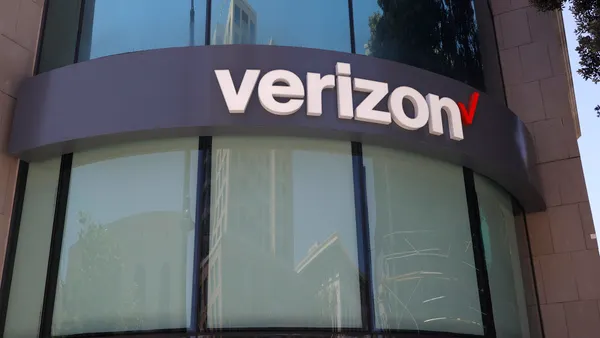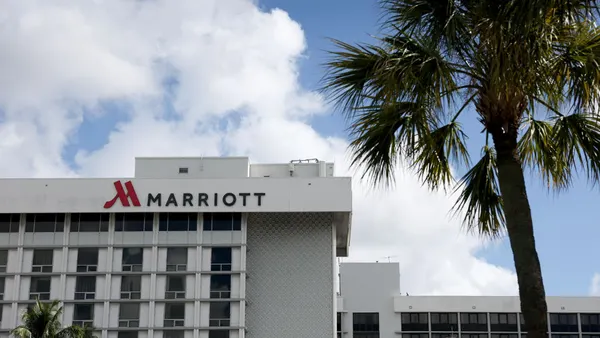UPDATE: SEPT. 25, 2020: The U.S. Department of Labor published its proposed independent contractor rule in The Federal Register Friday. The public may submit written comments on the NPRM on or before Oct. 26, 2020.
Dive Brief:
- The U.S. Department of Labor is set to propose a regulation revising its interpretation of the Fair Labor Standards Act's classification provision to determine whether a worker is an employee or independent contractor, senior DOL officials said in a press call Tuesday.
- The Notice of Proposed Rulemaking (NPRM) will propose an "economic reality" test that would examine two "core factors": the nature and degree of a worker's control over the work; and the worker's opportunity for profit or loss based on initiative and investment. Three other factors — the amount of skill required for the work; the degree of permanence of the working relationship between worker and potential employer; and whether the work is part of an "integrated production unit" — would serve as "additional guideposts" in the analysis.
- DOL's proposal is being processed for publication in The Federal Register either later this week or next week, senior officials said; once published, it will be subject to a 30-day public comment period.
Dive Insight:
The announcement is a "jolt of good news" for businesses that use independent contractors, including so-called gig economy companies, Rich Meneghello, attorney with Fisher Phillips, said via email.
In issuing the NPRM, DOL is addressing an issue that has received increased attention in recent years, particularly at the state level. Notably, California codified in 2019 a three-part joint-employer test adopted by the Supreme Court of California. The law, known as Assembly Bill No. 5, has been called a restrictive test for determining whether an employee is an independent contractor, according to management-side attorneys who previously spoke to HR Dive.
In California and elsewhere, independent contractor classifications have been used heavily by companies that operate gig worker platforms. Courts have reached various conclusions on whether these workers should be classified instead as employees. In March, a New York appeals court held that couriers on delivery platform Postmates were entitled to receive unemployment insurance, adding that Postmates "could not operate" without the couriers. Last month, an ongoing case in California saw a state judge order ride-hailing companies Uber and Lyft to reclassify their drivers as employees. But an appeals court later granted an emergency stay that temporarily halted the lower court's order.
DOL weighed in on the worker classification issue through a 2019 opinion letter in which it said service providers working on an unnamed virtual marketplace company were independent contractors. DOL said in the letter that economic dependence on an employer is "the touchstone of employee versus independent contractor status." The upcoming NPRM "sharpens" the test DOL applied in that opinion letter, senior agency officials said.
"The growth of the 'gig' economy, in which cellphone apps provide a 'platform' for connecting willing workers with interested customers, has provided new convenience and work opportunities for millions of Americans," Secretary of Labor Eugene Scalia wrote in an opinion piece for Fox Business on Tuesday. "But that economy and other developments are seen as subversive by those who believe that for most workers, being a company's employee — not an independent contractor — is the only proper aspiration."
"Unlike AB-5, our rule doesn't propose radical changes in who's classified as an employee or independent contractor," Scalia continued. "Instead, our rule aims to simplify, clarify and harmonize principles the federal courts have espoused for decades when determining what workers are 'employees' covered by the minimum wage and overtime pay requirements of the FLSA."
The proposed rule "will almost certainly be challenged" by worker advocates and, potentially, state attorneys general, Meneghello said, which could delay its implementation past Election Day. During the press call, senior DOL officials didn't voice concerns about the rule's timeline, only noting that the agency would analyze public comments "very thoroughly."













